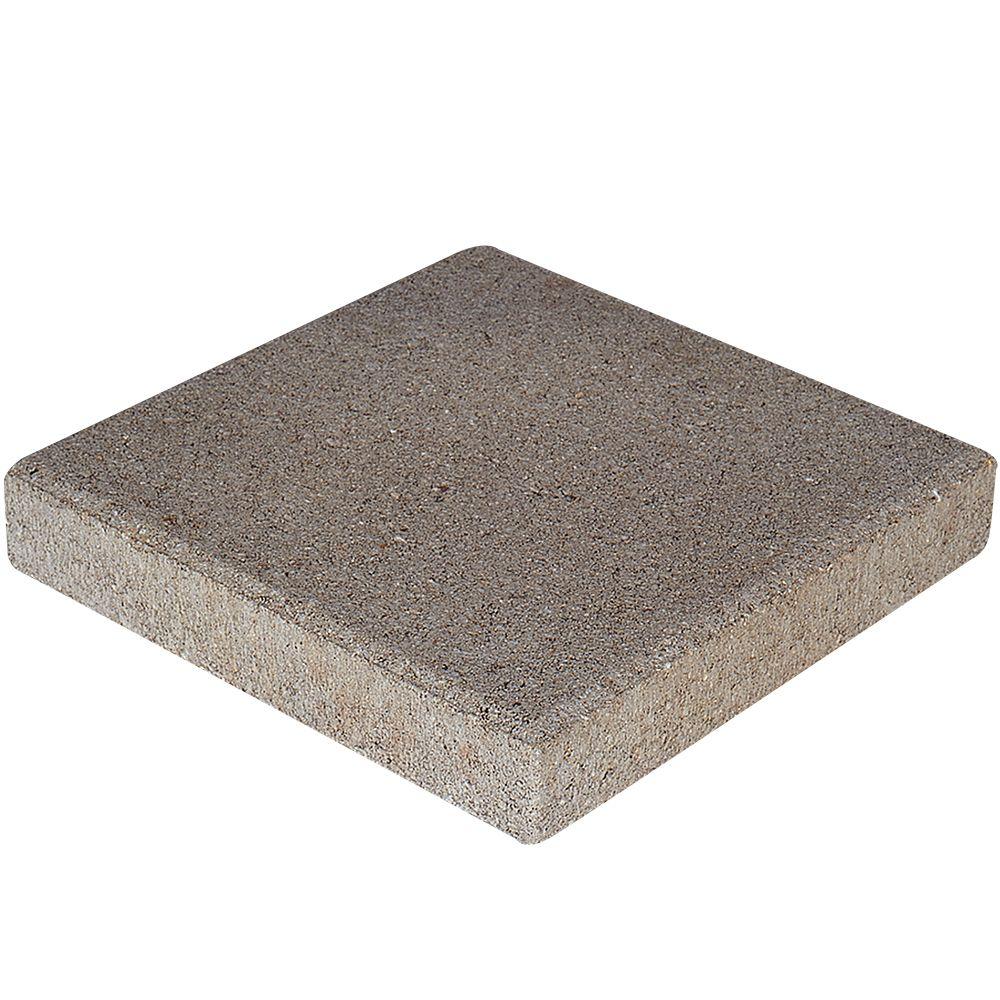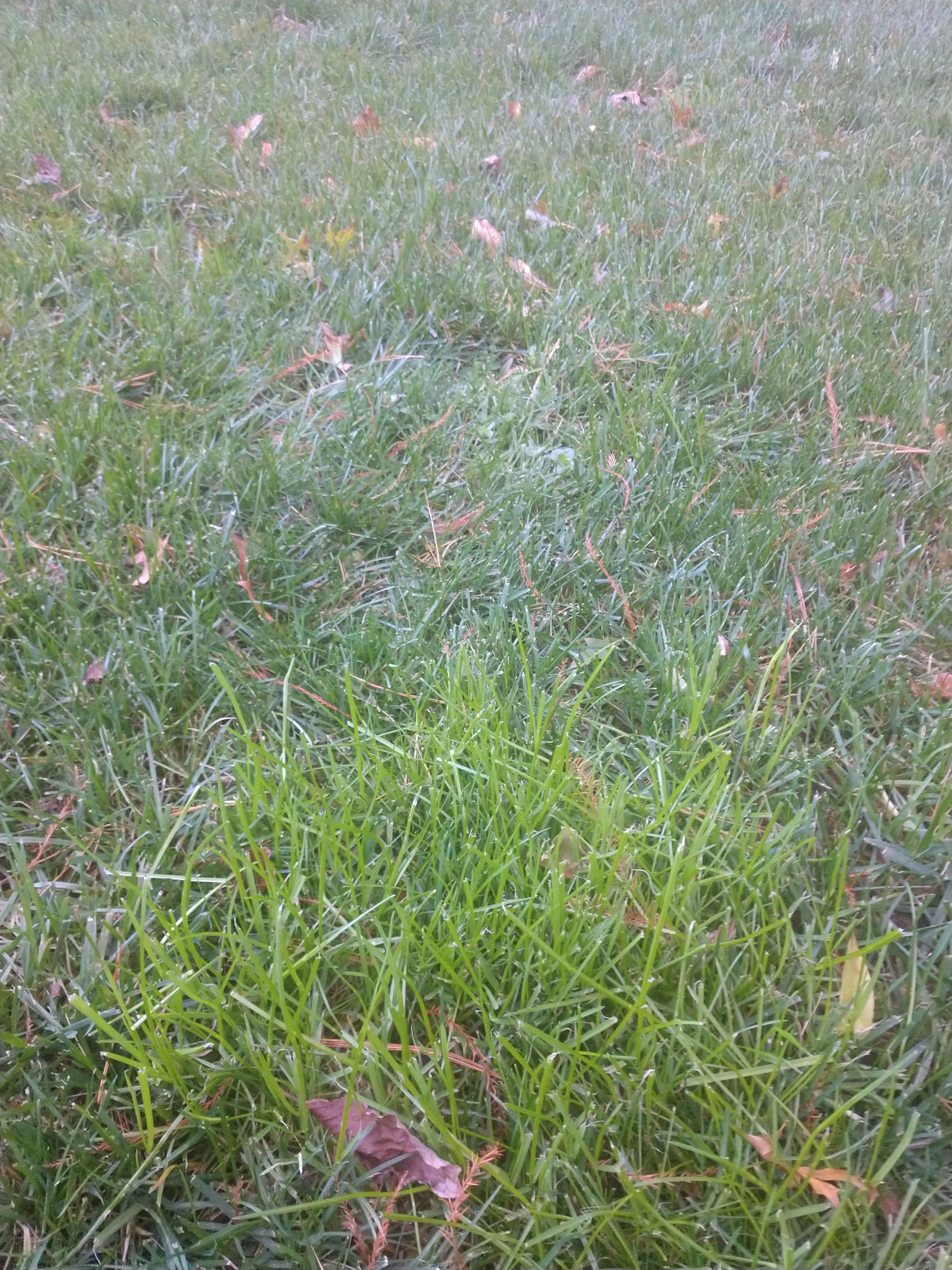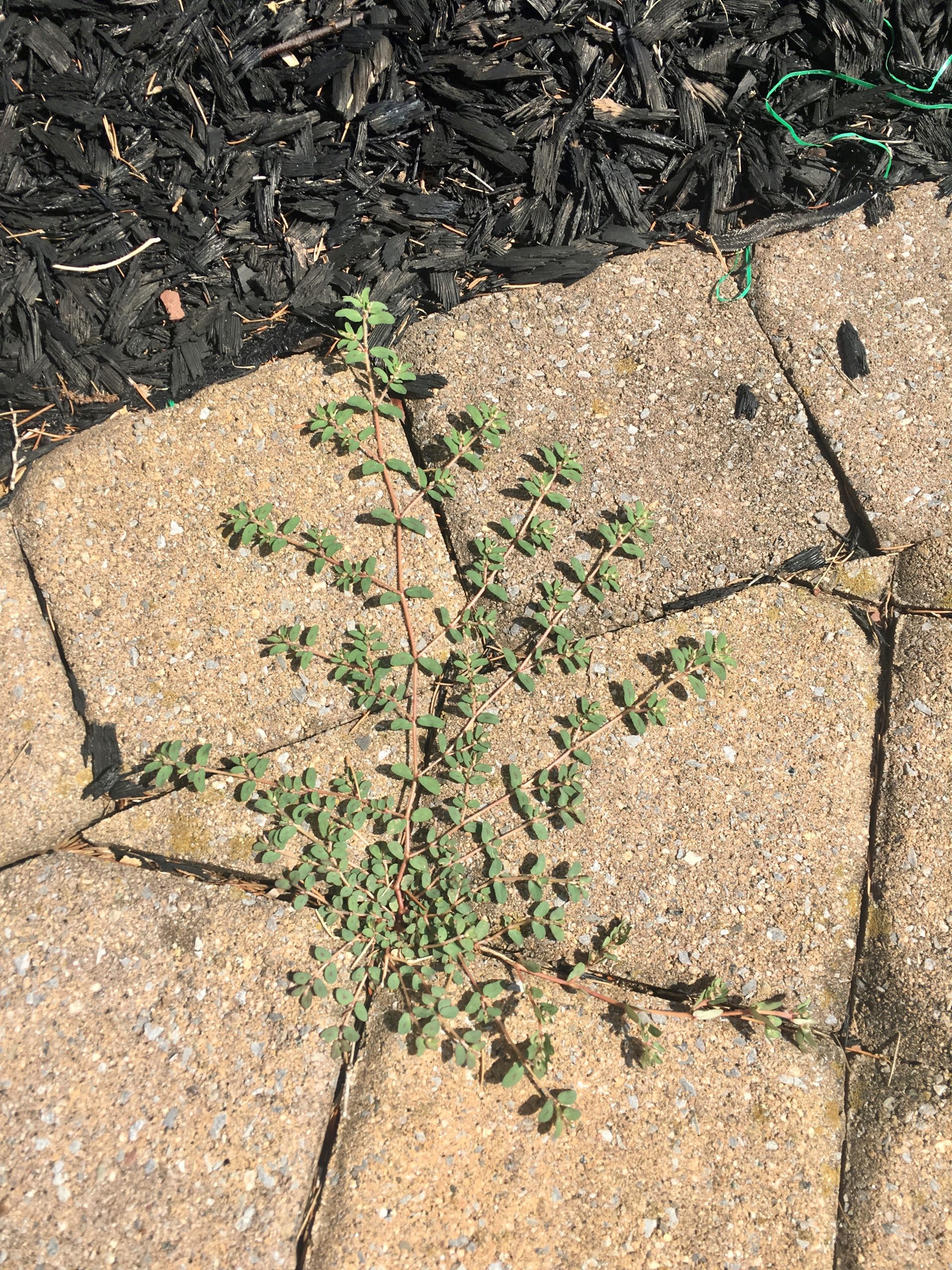Is it sacrilege to a mason to cover concrete? Our garage floor looks like crap. The previous owner must have had the world's worst mechanic, because half the floor is covered with oil stains. Tried several different ways to clean the floor up to no avail.$5 bucks a square ft.? Why not just hardwood floor your garage while you're at it. 😁
The diamondplate racetrack tiles are $3.79/sf. That may sound like a lot. But I got a quote for an epoxy coating, and it was $200 (about 10%) higher. The nice thing about the tiles is you can replace ones that get stained or damaged. With an epoxy coating, if an area gets stained or damaged, you have to start over.
Can you quote me to do the lick and stick cultured stone ground flat on my garage floor?





